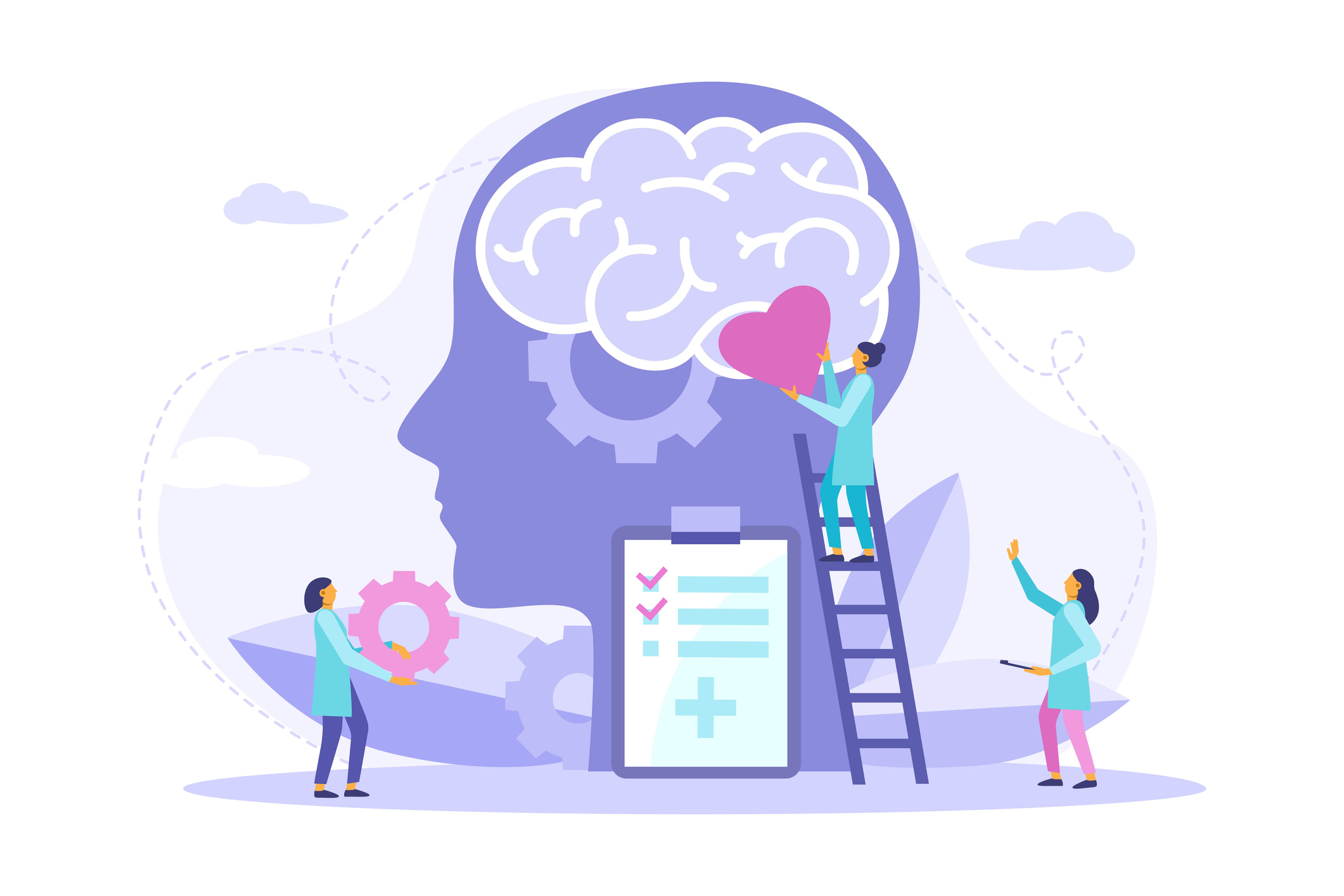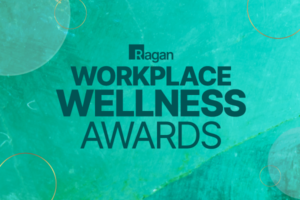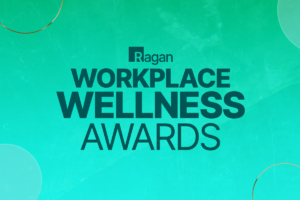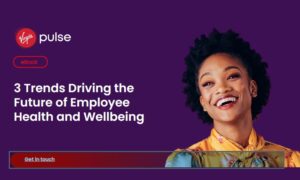How to communicate mental health as a priority at work
Mental health and well-being must be a priority for every workplace — not just during Mental Health Awareness month.

Mental health isn’t something that’s happening to someone else. It’s impacts everyone—you, your family, friends, neighbors and coworkers. In fact, according to SHRM, one in five American adults experience a mental illness and nearly half report being burned out or exhausted.
In my circle, an extended family member died by suicide right before Easter. Two friends are going through divorces; one is suffering from depression. Another’s teen son is cutting and had to stay in a residential treatment facility
After these past few years with the ongoing pandemic, political polarization and social justice, the war in Ukraine, sky-high housing prices, inflation, job stressors—and the list goes on— every person’s mental health has been affected in some way. Whether it’s a diagnosed mental health challenge or the “languishing” blahs that Adam Grant describes, mental health is a life-long journey and looks different for everyone.
During these turbulent times, employees have struggled to stay motivated. If the pandemic taught us anything about mental health and wellbeing, it’s that it must be a priority for every workplace and every person, not just during Mental Health Month in May. The human impact aside, $23 billion in productivity is lost annually due to mental health issues.
It takes courage to take the first step and seek help. Thankfully, celebrities like Selena Gomez, Simone Biles, Kevin Love, Naomi Osaka and others have come forward to help reduce the stigma. Even when you’re ready, finding a good mental health professional can be challenging. Wait lists tend to be long, especially for children. Many providers don’t take health insurance making it cost-prohibitive. Evidence-based practitioners are hard to find.
Even so, everyone can take steps to prioritize mental health at work:
- Humanize the workplace by focusing on people first. Create a stigma-free environment that starts at the top, where all employees feel safe speaking up and managers are trained to offer support.
- Prioritize flexibility. Flexible hours and work locations help employees manage mental and physical health appointments for themselves and those in their care.
- Encourage exercise, hobbies and civic engagement, which can boost mental health and wellbeing.
- Remember that empathy is one of the most valued traits in a leader, according to Harvard Business School. You can demonstrate empathy simply by spending the first part of meetings checking in and listening when your team needs to talk.
- Craft multi-channel messages about the mental health resources that your organization offers employees through your HR team, EAP Program, or partners like the National Alliance on Mental Illness, Mental Health America, The Jed Foundation.
- Consider taking certification courses including Workplace Mental Health Ally Certificate programs from Psych Hub and SHRM to go the extra mile. CHC: Creating Healthier Communities works with companies to host Breaks with a Purpose for employees plus customized mental health sessions, including ways to advance mental health equity.
- Connect with other company leaders to cross-pollinate resources. CHC’s Corporate Leadership Council hosted a Mental Health call, sharing resources, programs, partners and best practices to promote mental health in the workplace, as well as make the connection between mental health and company equity and social impact programs.
Regardless of how you show up for mental health, remember, you are (probably) not a trained mental health expert. At times, it’s appropriate to bring in help, such as a trained counselor for company townhalls on difficult issues or support for employees impacted by a tragedy. Some serious conditions require professional assistance, just like you wouldn’t treat a colleague’s cancer or broken leg.
A well-known adage advises us to “Be kind, as you never know what someone is going through.” That’s something we all need to extend to ourselves and our workforce every day of every month, not just during Mental Health Month.
Amanda Ponzar is the chief communications & strategy officer at CHC: Creating Healthier Communities. Connect with her on LinkedIn.






